In facility management, there are numerous important elements that supervisors need to keep track of in order to maintain operations and ensure a safe and healthy environment for workers. Particularly in industrial settings, not the least of these considerations is air quality.
An array of factors can impact the quality of indoor air, and it's imperative to monitor for contaminants, particles and gas. Carbon monoxide, for example, is known as a silent killer, with exposure sending many Australians to the emergency room every year.
Thankfully, there are advanced instruments to help facility managers in industrial operations monitor the quality of air and measure specifically for carbon monoxide. One of these options is an electrochemical carbon monoxide sensor. Today, we'll examine what these gas alarm devices do, and how they function for gas detection.
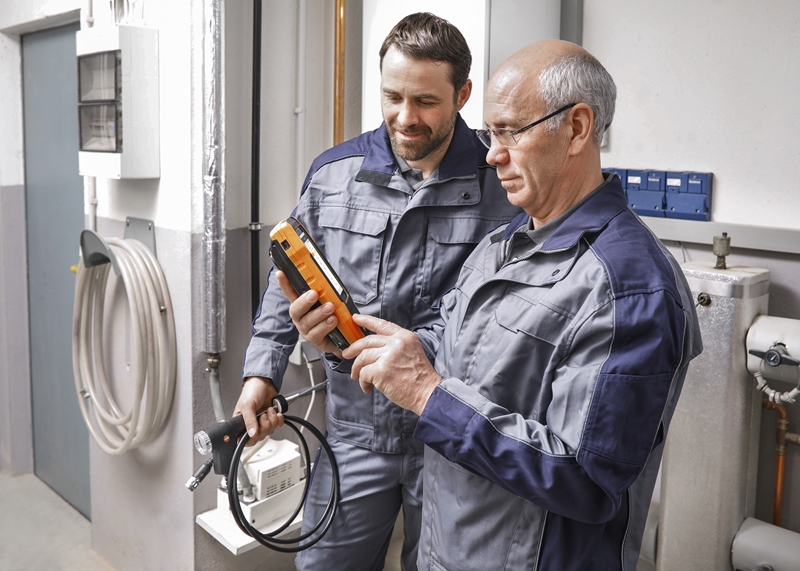
Carbon monoxide sensors
As Engineers Edge noted, there are several different types of devices that can detect the presence of carbon monoxide. Many of these sensors operate in a similar manner, with the purpose of alerting the user to potentially dangerous levels of gas emissions.
"Elevated levels of CO can be dangerous to humans depending on the amount present and the length of exposure," Engineers Edge stated. "Smaller concentrations can be harmful over longer periods of time while increasing concentrations require diminishing exposure times to be harmful. CO sensors/detectors are designed to measure CO levels over a period of time and sound an alarm before dangerous levels of CO accumulate in an environment, giving people adequate warning to safely ventilate the area or evacuate."
There have been a few different options available in CO sensors over the years, including:
- Opto-chemical sensors: This detector includes a chemical that changes colour when any amount of CO is present. While cost-effective, these sensors are not very accurate.
- Biomimetic sensors: This device is more advanced, and includes a system of cyclodextrins, a chromophore and metal salts, which allows the sensor to darken in colour according to the amount of CO in the air.
- Semiconductor sensors: This solution uses an integrated circuit of semiconductor tin dioxide within an insulated base, and the sensing element must be heated to 400 degrees Celsius in order to properly detect carbon dioxide. This functionality, combined with high power demands, limits the potential applications for this type of sensor.
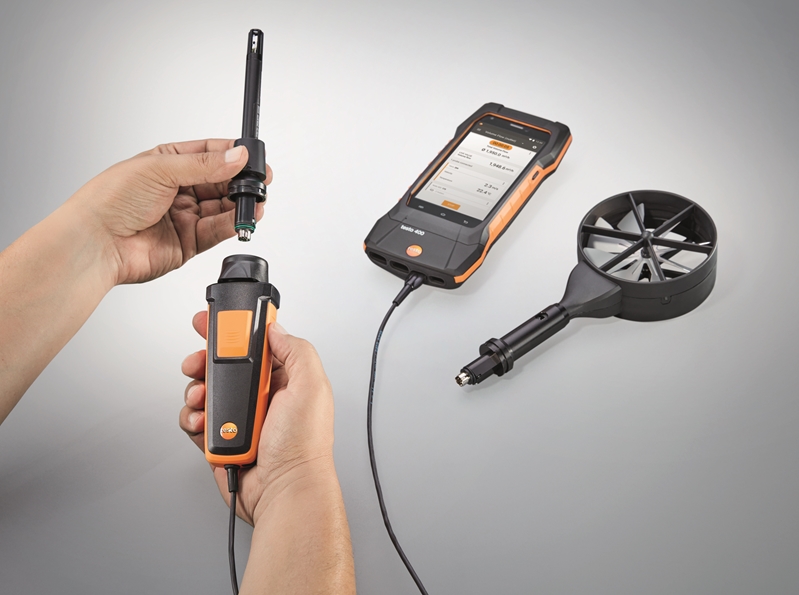
Electrochemical sensor: Functionality and benefits
In addition to the above detectors, there is the electrochemical CO sensor. This is an advanced device that relies on complex chemical reactions to provide a highly accurate measurement of CO levels.
An electrochemical sensor includes three electrodes (the working electrode, the reference, and the counter electrodes) surrounded by a liquid electrolyte conductor. The main working electrode is typically constructed of platinum which provides a catalyst for the CO gas. This working electrode is supported by a gas-permeable, yet waterproof membrane which enables CO to enter and electrochemically oxidise with the platinum working electrode.
Once this oxidation takes place, the electrons from this electrochemical reaction flow through the external circuit of the device, allowing the on-board sensor to signal the presence of CO.
In addition to these elements, an electrochemical sensor usually also includes a highly sensitive filter, capable of eliminating other gases that might result in a false CO alarm.
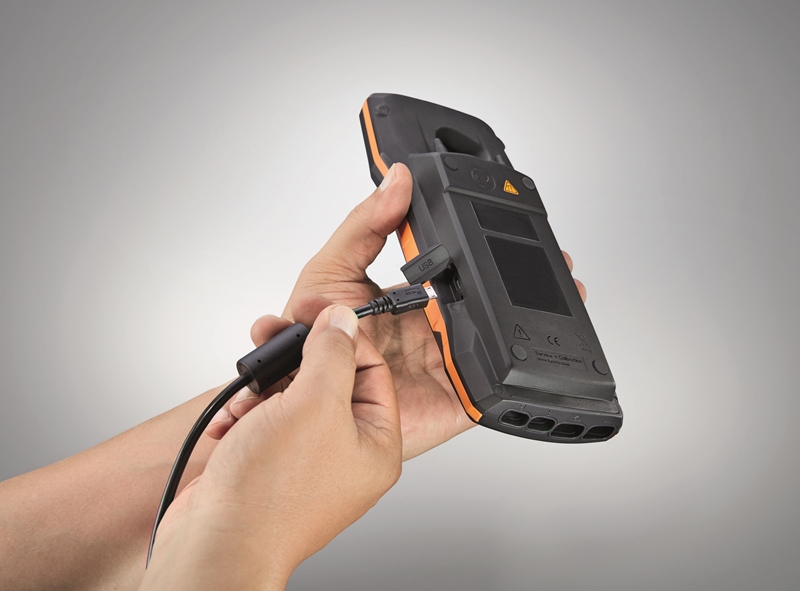
There are a few key advantages of selecting an electrochemical detector over the other main types of sensors:
- Accuracy: Thanks to the selective filter, other gases are removed before they reach the working sensor. This ensures that the device is highly accurate when it comes to detecting carbon monoxide, resulting in fewer false reactions.
- Flexible applications: Unlike others, including semiconductor sensors, electrochemical sensors can operate at regular room temperature, and only requires minimal power. In this way, it can be utilised in nearly any industrial environment, including those where false positive CO alarms may have been an issue in the past.
- A leading choice: Where semiconductor detectors were once the top-used type of CO sensor, electrochemical sensors – due to their more economical usefulness – are now the dominant global choice, particularly in Australia, the U.S. and Europe.
An electrochemical CO sensor is one of the most cost-effective and precise instruments for monitoring CO levels. To find out more about this technology, as well as other options for measuring indoor air quality, connect with one of our Testo experts today.



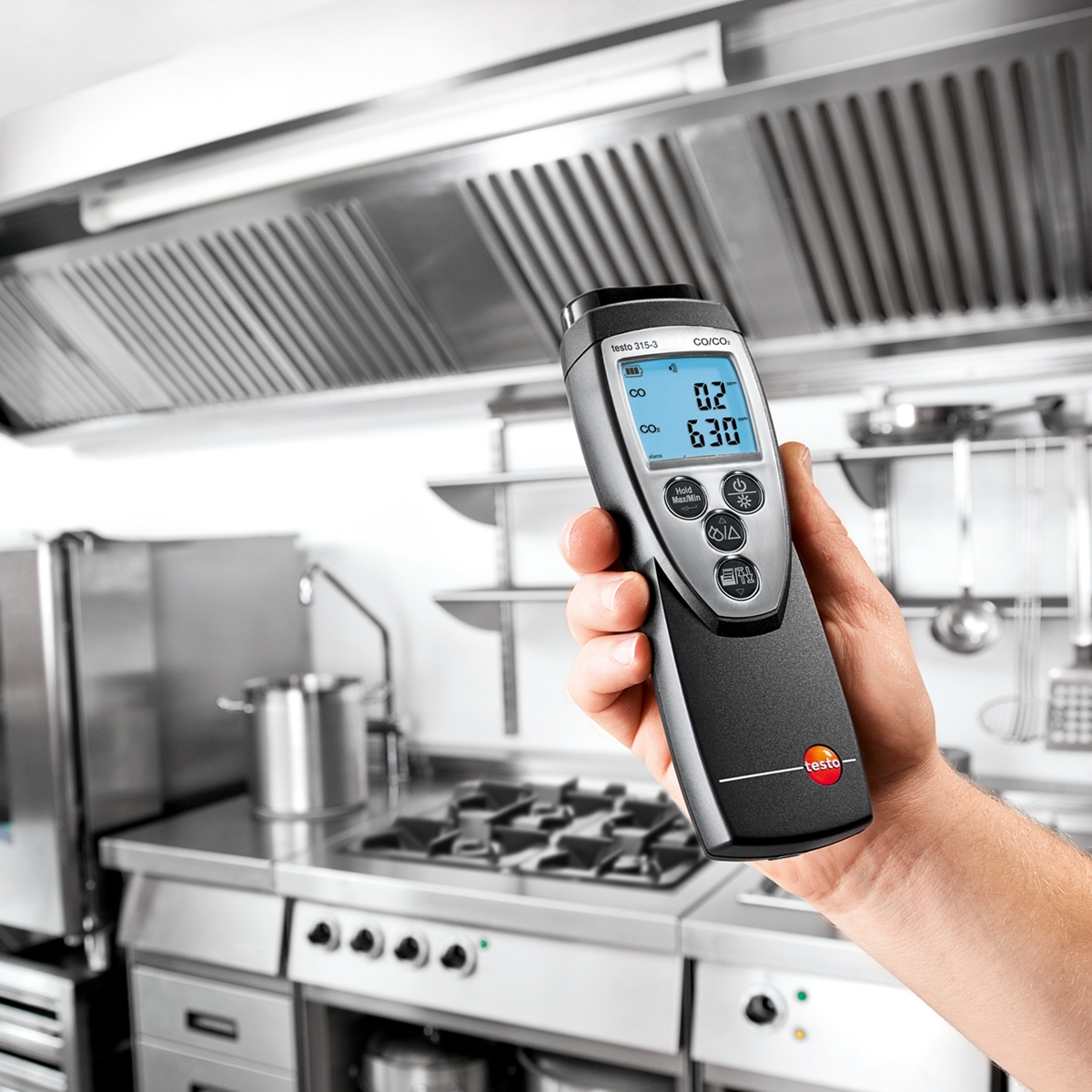

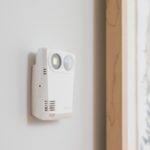



 Reduce cooking oil costs while ensuring quality
Reduce cooking oil costs while ensuring quality Expert knowledge on CO2 monitoring
Expert knowledge on CO2 monitoring Refrigeration knowledge - in 3 modules
Refrigeration knowledge - in 3 modules



